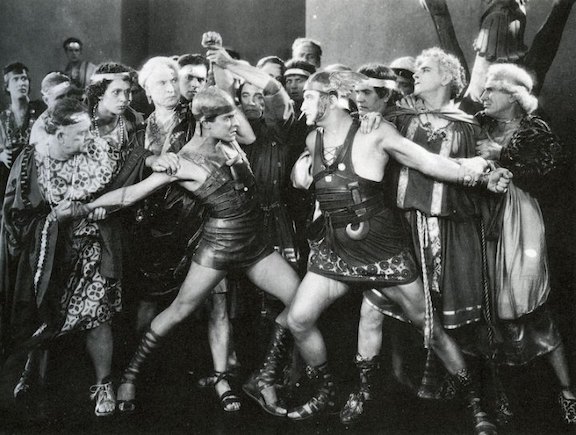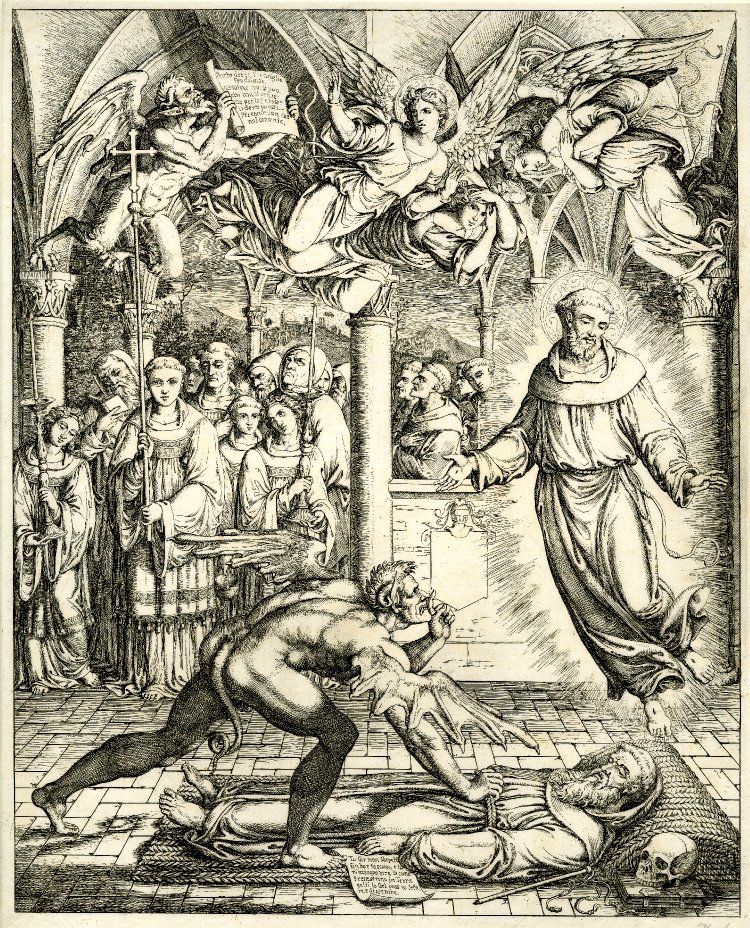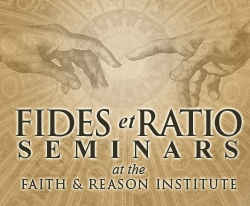The Many and the One
Written by Robert Royal
Wednesday, May 8, 2019
An old philosophical question concerns the relationship between the Many and the One, which seems like the kind of abstraction that only troubled long-dead philosophers and theologians. But there’s more at stake – much more – in the question than first appears, everything from living a life of integrity to the meaning of heresy.
 Most of us assume that everything just fits together – somehow – until we encounter deep divisions, in ourselves and others. And realize things do not much fit together at all, particularly in times of trouble, which means all times. That’s why every civilization, until our own lately, has labored just to keep from falling to pieces.
Most of us assume that everything just fits together – somehow – until we encounter deep divisions, in ourselves and others. And realize things do not much fit together at all, particularly in times of trouble, which means all times. That’s why every civilization, until our own lately, has labored just to keep from falling to pieces.
The Church was once the universal institution in the West, the one body that tried not just to include but to reconcile all truth, so far as humanly possible. That reconciliation allowed for legitimate differences and freedom, but also wisely insisted that there are limits built into the nature of things. (LGBTQ+. . .has no limit.)
The Church’s absence from the living center of our civilization explains why there’s so much that’s ec-centric and worse in our world. And it’s regrettable that, even within the Church, there’s also been a steep decline lately in valuing the fullness of truth.
W.B. Yeats famously wrote, “the center cannot hold/ Mere anarchy is loosed upon the world.” Lots of people today, for various reasons, don’t want the center to hold – with entirely predictable results. You can understand that, given the centralizing power of globalist economics and politics. And why God’s commands, too, transmitted by the Church, can look like just another global tyranny. But merely invoking “diversity” and “inclusivity” doesn’t eliminate such dangers, and in fact may make things worse.
Click here to read the rest of Dr. Royal’s column at The Catholic Thing . . .











